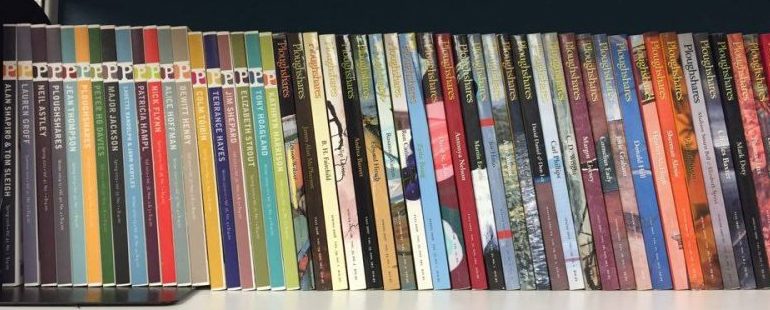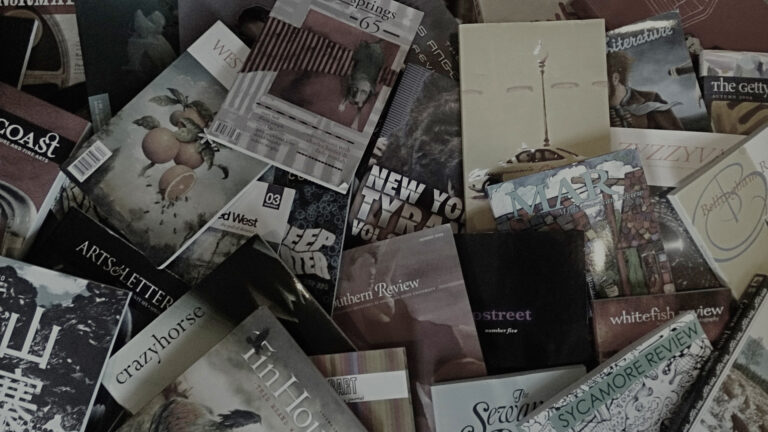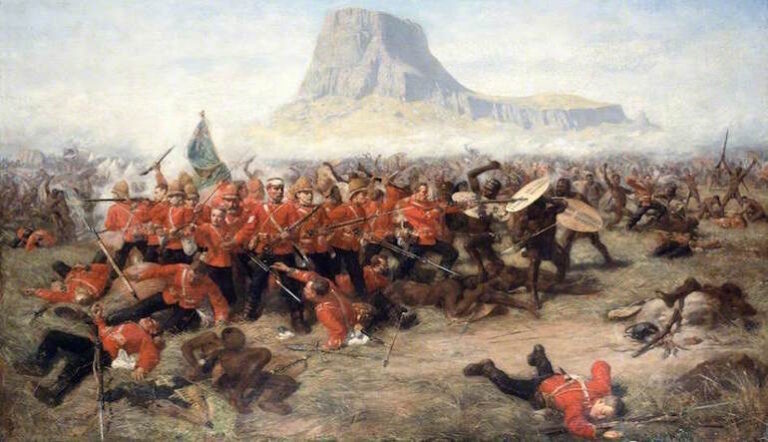Edges and Awakenings: Paul Ruffin’s “Hog-Killing Weather”

Paul Ruffin had me at the title. It wasn’t the spectacle of the hog-killing I was drawn to so much as the way he undercuts the brutality to focus our attention on the weather. I liked the juxtaposition, the audacity of deflecting our attention from the sensational to the mundane.
The story is only thirteen paragraphs long, coming in at just over three printed pages, but it feels more expansive, providing a snapshot of a whole life. More precisely, it provides a glimpse of a narrator near the end of life, and another view from the beginning, and we’re left with that satisfying work of imagining what falls between the two.
Written in second person, the story begins with the narrator waking up on a cold morning. He’s old, perhaps somewhat frail, and before he’s even fully awake, he slips into a memory of the day he is allowed to watch, although not participate in: the annual slaughter of a hog. It’s worth quoting the first paragraph in full to see how seamlessly Ruffin moves from the present to the past:
There are those images that lie around at the back of your mind, not demanding much attention and rarely getting any, sort of fossilized, as you might say. Then one morning, a bitter November morning, something catches the edge of your eye, still smoky with sleep, and you sit up in bed and squint into the sun-filled window. A cold-choked wasp, shaken somehow in the night from the curtains, advances a tentative foot, then withdraws it, clinging stubbornly to the glass like a piece of bark. Then the arm you look over at is not the textured arm of an aging man but the smooth limb of a boy, and the window is ringed with a heavier frost.
Most of us have experienced something like this. A sight or scent or sound that calls forth some distant memory at an unexpected time. It generally happens quickly, often too fast to trace the steps of consciousness. The memory, it seems, is just there. But Ruffin’s story is interested in that invisible process, and we see how this cold day and the displaced wasp—frozen in mid-step, clinging to a window as if it’s a tree—triggers a momentary blurring of the past and the present. When the narrator looks at his arm, it’s not an old man’s but a young boy’s. The sight drops him deeper into a day that is even colder, where the window is covered with a thicker layer of frost. He doesn’t know where he’s headed, to which memory he’s moving toward, but he follows along, almost helplessly.
The second paragraph of the story picks up with the heavily frosted window of the narrator’s memory:
A dark red wasp, sluggish with cold, creeps along the top of the lower window frame—his shadow has crossed your eye. There are outside sounds, muffled, someone swears, the scent of woodsmoke crawls up your nostrils, you sit up in the cold bed. Then you remember, you know what day it is.
This, then, is that fossilized image mentioned in the first sentence of the story, buried deep in the narrator’s brain, untended for decades, called forth years later by a cold morning, a slow-moving wasp. In a deft move, Ruffin offers an echoed awakening—in both senses of the word—where the boy comes out of sleep and slowly realizes that this is the day he’s been waiting for, and the man, years later, realizes this is the day the weather, window, and wasp is bringing him back to. It’s hog-killing day.
Throughout this momentous morning, the boy is largely ignored by the adults who methodically kill, cook, cut, and package the animal. His presence is unnoticed, his questions unanswered. He’s left to watch, moving between the trough and the fire pit, from the tubs of meat to the cutting tables. What he remembers years later is housed in the senses. The sounds of the “collective grunts of men” as they drag the “blood-ribboned carcass to a steaming barrel dug into the ground.” The red of the ground beneath the pig, the “deep heel print” that “brims with blood.” The smell of “scalded and scraped pig flesh, and the bite of sausage spices in the air.”
It would be difficult to miss the repetition in the story. Ruffin comes back again and again to the wasp and window and weather, but he also returns to words like ritual, blood, bark, and smoke; and with this almost compulsive repetition, we get the sense that the boy is circling something. There’s a significance to the day that he has missed; he can’t pinpoint its importance. The best he can do is hover around the edges, just as he hovers around the slaughter. The closest he comes to understanding is this:
You do not know why they will not even look at you, these strange people you have known all your life: you know only that what is happening is a ritual that you have to earn the right, the age, to be involved in. And you know that it has something to do with blood—maybe the pig’s, maybe theirs, but with blood.
His limitations are our limitations as well, and the best we can do is guess at what he’s missed. There’s no way of knowing for sure, but we’re led to suspect it has something to do with the “Negro carver” who is mentioned three times.
Stunned and a bit frightened at what he’s seen and how little he understands, the boy goes down to the creek and then back inside. He sits on his bed eating a sandwich, staring out the window and again sees the wasp. It has “crawled onto the lower edge of the pane, where the sun has left him inert again, clinging like a piece of brown bark. You rub your eyes, stinging still from the cold or smoke, or maybe the blood, and try to forget, to remember.”
For the boy, the day is buried away—fossilized—in an attempt to forget it. But when it’s involuntarily recalled decades later, ushered in by the senses, it’s with many years’ perspective, and it isn’t so much vaguely traumatic as it is curious, perhaps melancholy—for what can no longer be recalled and what can never be fully understood.
Paul Ruffin’s “Hog-Killing Weather” was published in Ploughshares in 1983.
This is the fourth post in the series “From the Archives.”


